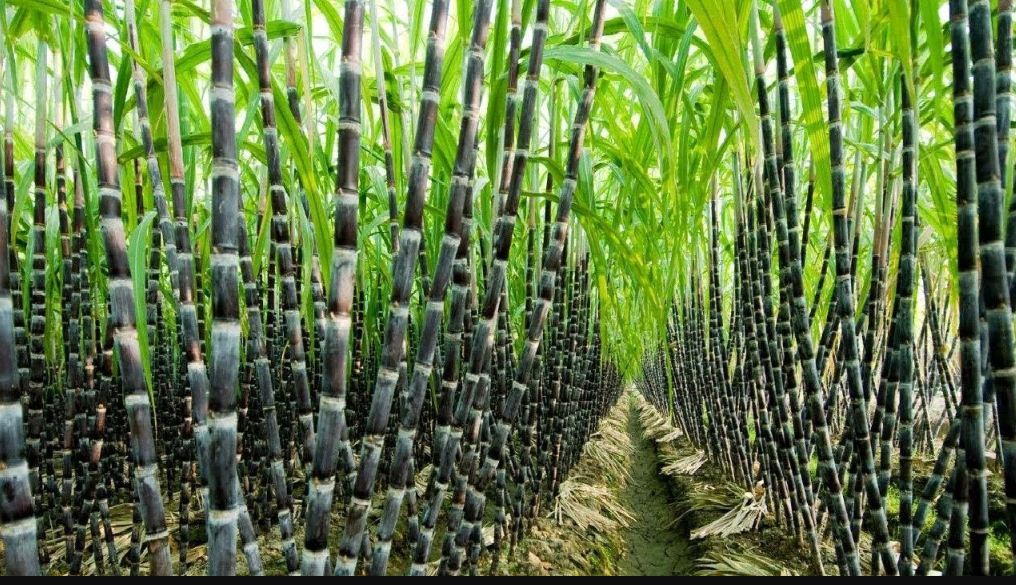Saccharum officinarum L. or Sugarcane is a perennial grass, belongs to the bamboo family. It is the primary source of jaggery, khandsari and sugar and is indigenous to India. In addition, India is the producer of about two-third of the total sugarcane. People consume it to make khandsari and jaggery, and about one-third of it is given to sugar factories. For manufacturing the alcohol, it provides raw materials. Followed by India, China, Thailand, Pakistan and Mexico, Brazil is the largest producer of sugarcane. Apart from this, Maharashtra is the largest producer of sugarcane in India. Maharashtrian farmers contribute about 34% of sugar, followed by Uttar Pradesh farmers.
How to Do Sugarcane Farming
The first thing to do is make your mind about sugarcane farming. After that, you should know about the needs and requirements of this farming, including climate requirements, soil requirements, irrigation and many more. Let’s know about them without wasting our precious time.
Climate Requirements
For sugarcane cultivation, the ideal temperature is between 20 – 30°C. You have to make sure about the temperature because it can increase the growth of the crop. And for the sowing, the temperature must be 20 – 25°C. The 75 -150 cm rainfall is suitable for sugarcane farming. You have to harvest products at 20 – 30°C temperature for better results. Keep these things in your mind to grow crops a level up.
Soil Requirements
For sugarcane production, the soil must be well-drained and deep. The loamy soil with a groundwater level below 1.5 to 2 m from the soil surface is suitable for sugarcane farming. The water holding capacity must be adequate. This crop can tolerate a considerable rate of alkalinity and acidity; that’s why the soil’s pH level must be 5 to 8.5. If the pH level exceeds form 8.5, make gypsum application, and if it is below 5, add lime to the soil.
Popular Varieties With Yield
Several popular varieties of sugarcane are available in India. We are here with some most popular varieties with their yield.
- CoJ 85 – 306 QTL/acre
- Co 118 – 320 QTL/acre
- CoJ 64 – 300 QTL/acre
- CoH 119 – 340 QTL/acre
- Co 238 – 365 QTL/acre
- CoJ 88 – 337 QTL/acre
- CoS 8436 – 307 QTL/acre
- CoJ 89 – 326 QTL/acre
- Co 1148 – 375 QTL/acre
- CoH 110 – late maturing variety
- Co 7717 – high sugar content variety
- CoH 128 – Early maturing variety
- CoPb 93 – 335 QTL/acre
- CoPb 94 – 400 QTL/acre
Other States varieties:
- Cos 91230 – 280 QTL/acre
- Co Pant 90223 – 350 QTL/acre
- CoH 92201 – 300 QTL/acre
- Cos 95255 – 295 QTL/acre
- CoS 94270 – 345 QTL/acre
- CoH 119 – 345 QTL/acre
- Co 9814 – 320 QTL/acre
Land Preparation
For the better cultivation of sugarcane, you should plough the field twice. At the time of the first ploughing operation, the depth must be 20 – 25 cm. After that, you have to use implements for crushing clods. You can use a tractor like Mahindra 275 tractor, which can give you good mileage and higher performance in the field. It can save you from extra expenses during operations. Land preparation is a crucial operation for any crop.
Sowing Operation
You can sow the sugarcane from February to March or September to October. It is known as Eksali because it takes one year for maturing. For subtropical reasons, the row space must be 60-120 cm. Moreover, the sowing depth must be 3-4 cm. You can sow the sugarcane with 4 methods: Dry planting in ridges and furrows, Ring Pit method, Paired row planting, and Single budded set planting.
Irrigation
The water availability and the soil type decide the irrigation numbers. The hot weather with dry and hot wind cause more water requirements. The first irrigation must at the time when 20-25% of the crop has germinated. In monsoon, do irrigation according to rainfall intensity and frequency. You can do the watering at 20-25days intervals. You can do mulching operations to conserve the moisture in the land.
Harvesting
If you want to get high production and good sugar recovery from the sugarcane, it is necessary to harvest the crop at the right time. If you do it early or late, it can cause damage to canes. You have to decide the time of harvesting according to the cane juice and withering of leaves. Some farmers use hand sugar refractometers to choose the right time for harvesting. In addition, you should cut the stalks at the ground level so the bottom sugar-rich internodes can get. When harvesting completes, you have to dispose of them at the factory as soon as possible.
Post Harvesting
The sugarcane crop provides jaggery (Gur), white sugar and others. Nowadays, sugar is consumed as a necessity. So, the sugarcane farming business can be profitable in India. You should till the field after harvesting so the field can take moisture for the next crop. You can use good farm tractors like Mahindra 265 and others for the tilling operations.
For more details about farming, farming tips, agricultural activities and many more stay with us. You can with for our next blog for more exciting information.

